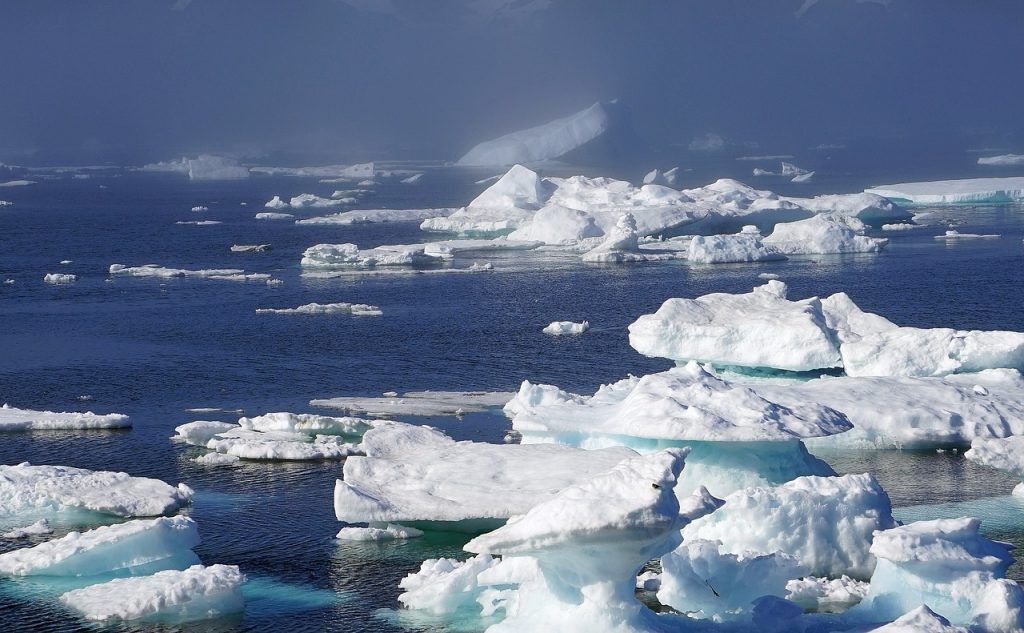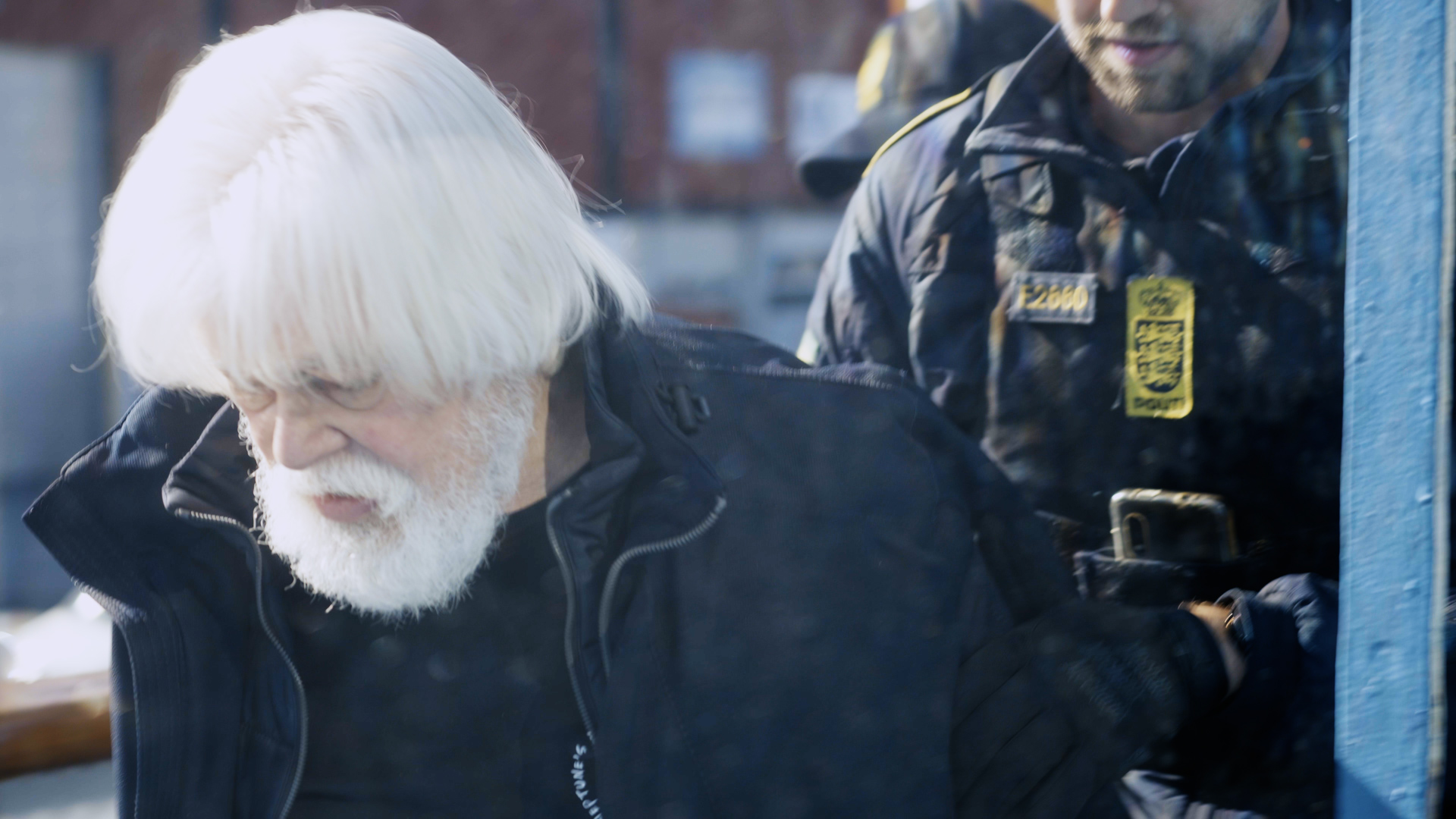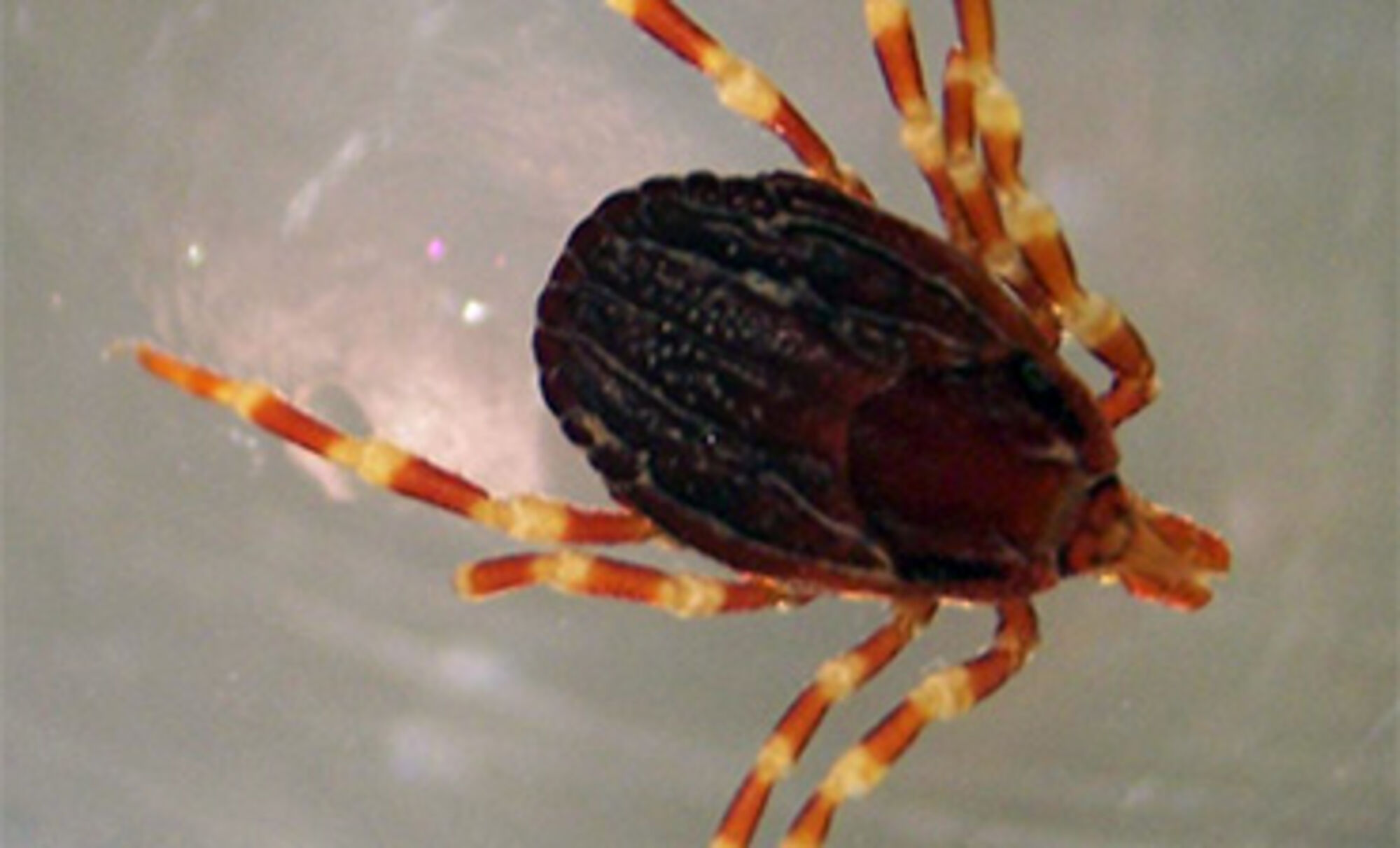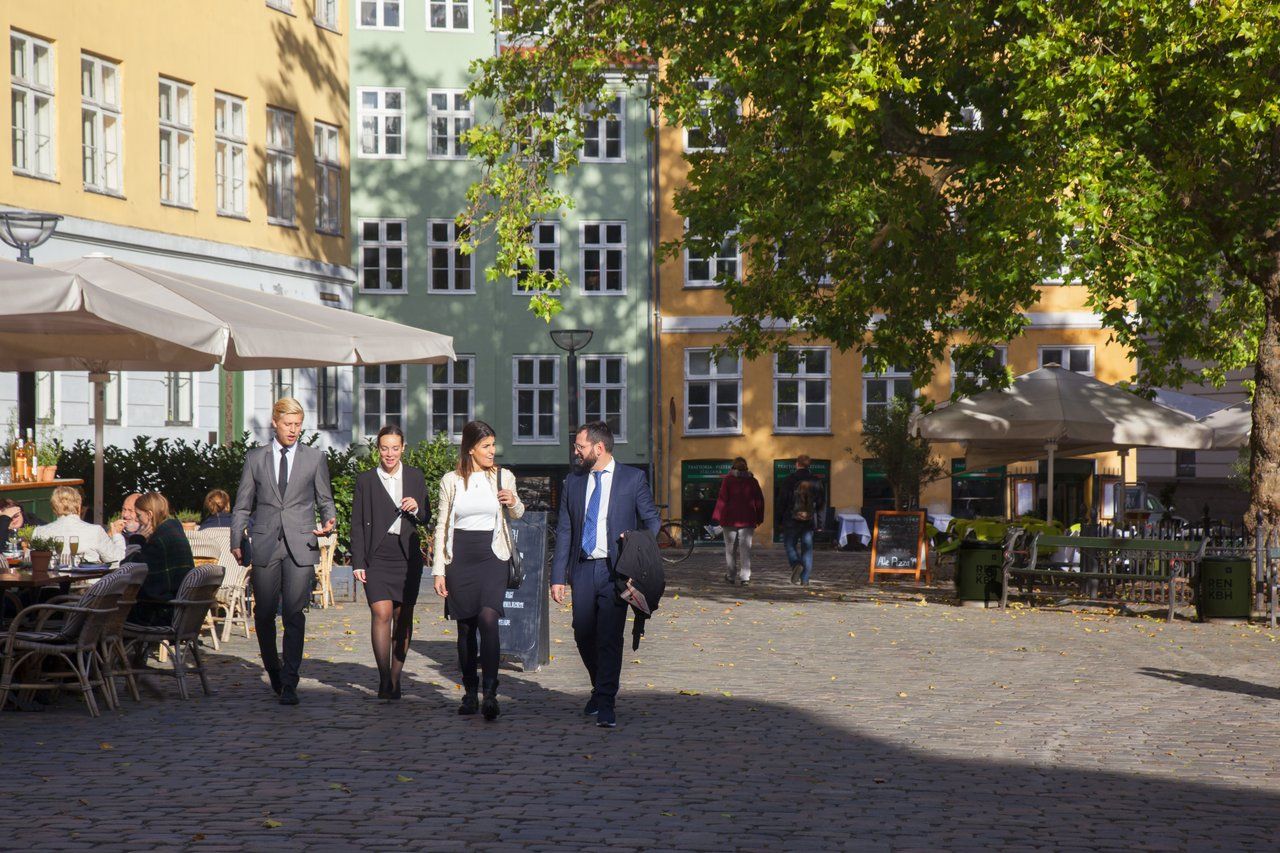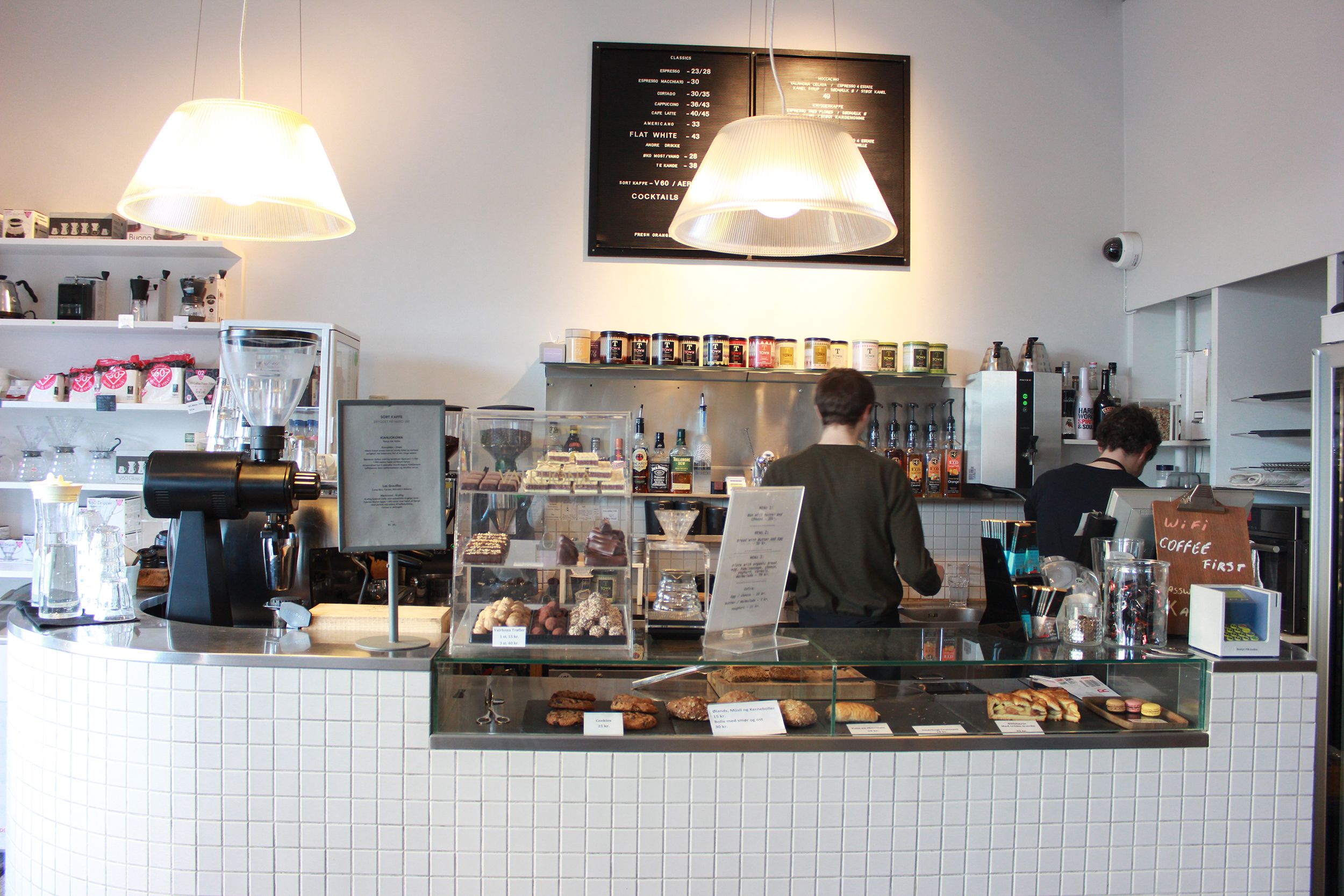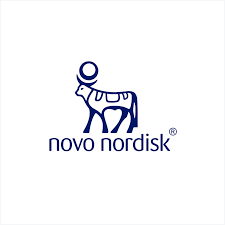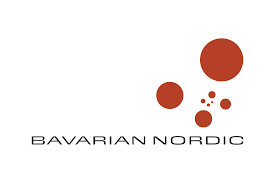In the National Museum’s theatre space, it is small enough to see the whites of the dancers’ eyes, and the show is accordingly easy to get lost in. It was therefore impossible not to notice the looks on the dancers’ faces that the standing ovation had come as a surprise, albeit a pleasant one and well-deserved. Credit is also due to choreographer Lene Boel for fully utilising the variety of talents at her disposal.
The show combines two dance performances entitled ‘Planet Human’ and ‘Shaman’, and whilst it isn’t quite ‘Waiting for Godot’, there are similarities between them both. Indeed, had it not been for the short gap and the costume change, I may not have been any the wiser. Given the small stage space, the controlled roller skating that opened both performances was particularly impressive to watch.
Dancer Henna Kaikula’s circus skills forced the audience to crane their necks as she made her limber contortions look easy. Less relaxed was the show’s finale in which Kaikula performed impossible-looking balances on tiny platforms. Understandably, her arms shook slightly from the exertion. Whilst Kaikula never lost control, a collective sigh of relief was breathed after her final showpiece balance.
Good lighting can easily be forgotten about and taken for granted. Not that this was the case in this performance. Instead, Jesper Kongshaug ensured that the bold lighting was integral to the performance, adding a vital dimension that the show required in order to make it unforgettable.
From the posters I thought this dance show was going to be the same as others I’ve seen that try too hard to be different, but it managed to stand out thanks to its clever choice of music − listen out for the sounds that appear to have been ripped from a tribal documentary and try to guess the footage − and the raw talents of the dancers.
Planet Human and Shaman
National Museum
April 21



